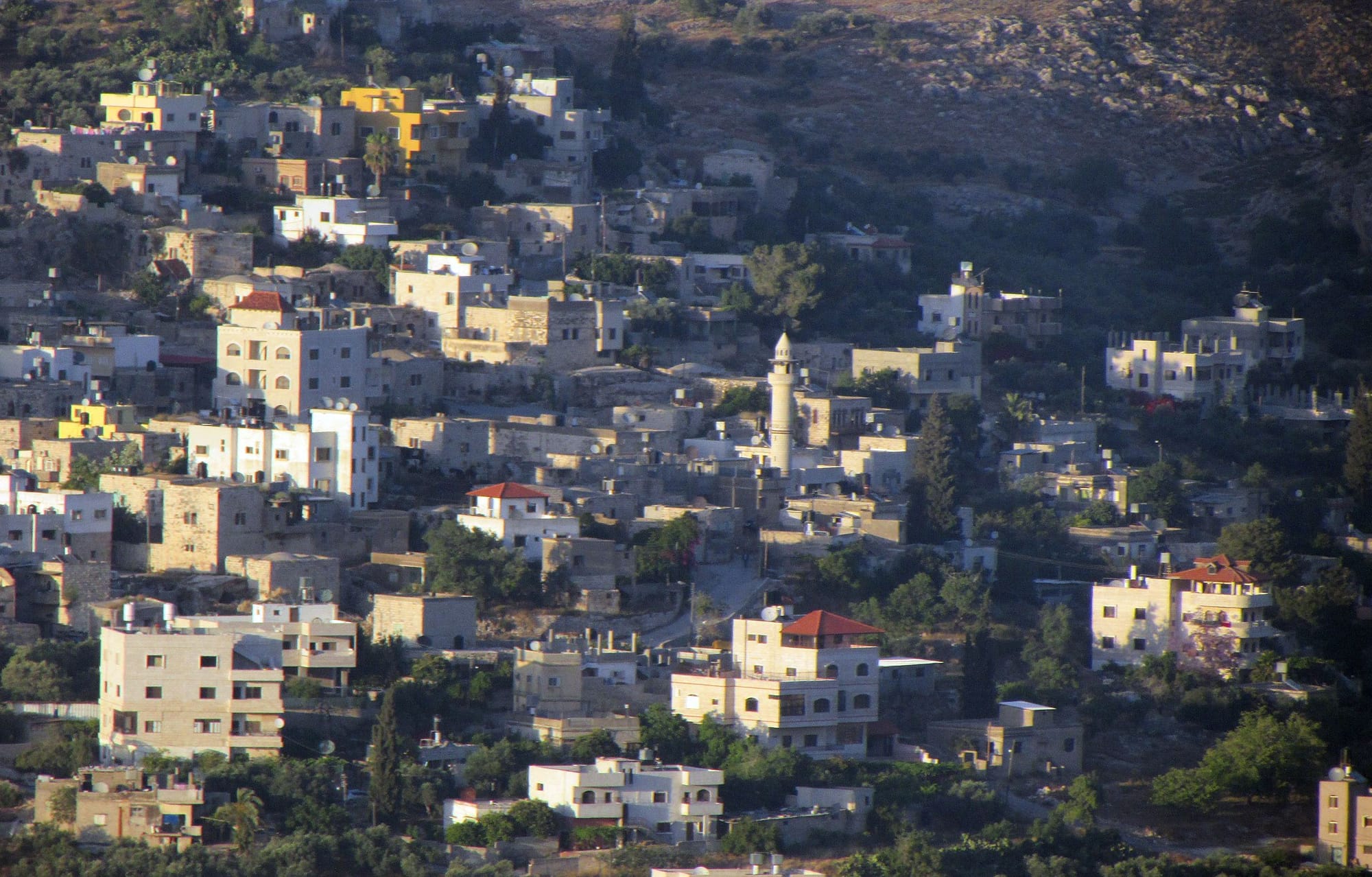Premonition in the West Bank

by Ben Ehrenreich
Almost exactly ten years ago a photographer friend and I were staying in the West Bank village of Burin, just outside of Nablus. We had planned to be there for a month, but our visit was cut short by violence from an unexpected source, and in the end I don’t think we stayed much longer than a week.
All my memories of Burin feel like hallucinations, or like dreams. I had first been there perhaps a year earlier, to report on a demonstration. I remember being struck by the ferocity of the village’s beauty—a cluster of small stone houses on steep, narrow, twisting streets at the base of a valley that in the springtime is almost impossibly bright and green. But it is Burin’s ill fortune to be located directly beneath two particularly aggressive Israeli settlements. One of them, Yitzhar, was and remains one of the most violent in the West Bank, a bastion of messianic Zionism in its most extreme form. Two rabbis living there are the authors of the infamous The King’s Torah, which justifies the murder of non-Jews, even infants, if “it is clear that that they will grow up to harm us, and in such a situation they may be harmed deliberately, and not only during combat with adults.” The rabbis’ God-bitten followers routinely harass the people of Burin, attacking shepherds and farmers, burning fields and orchards, uprooting olive and almond trees, at times descending into the village to hurt whomever they can find.
It’s a paywall, but a small one
Read this post and get our weekdaily newsletter for $3 a month
